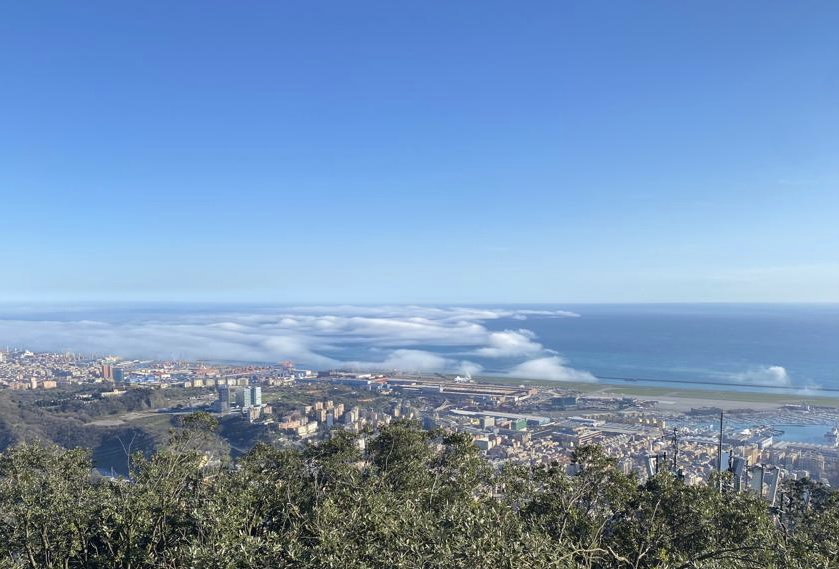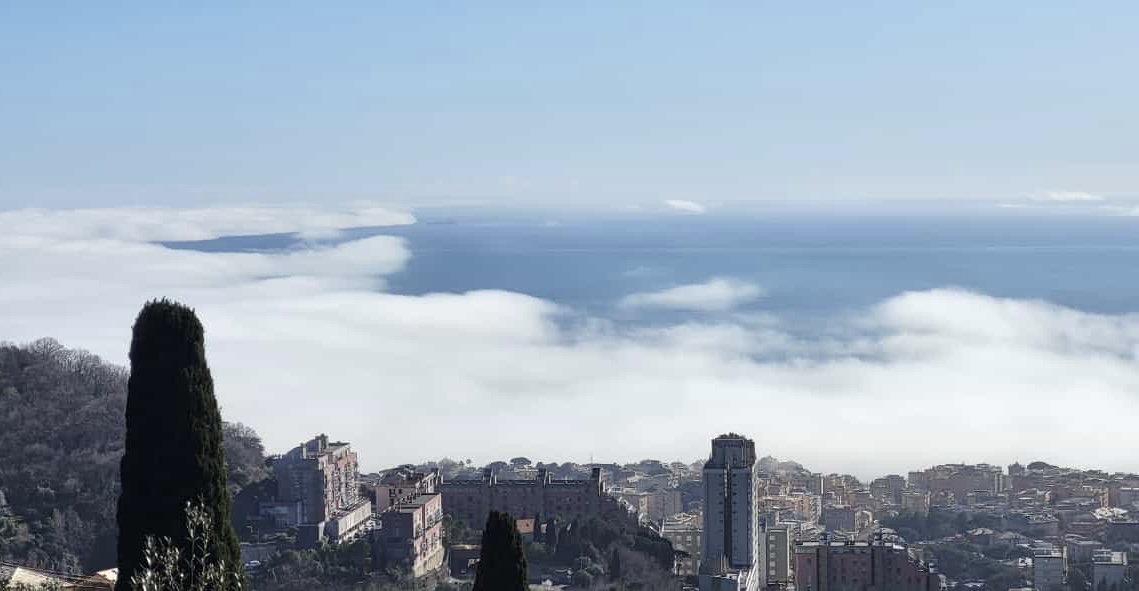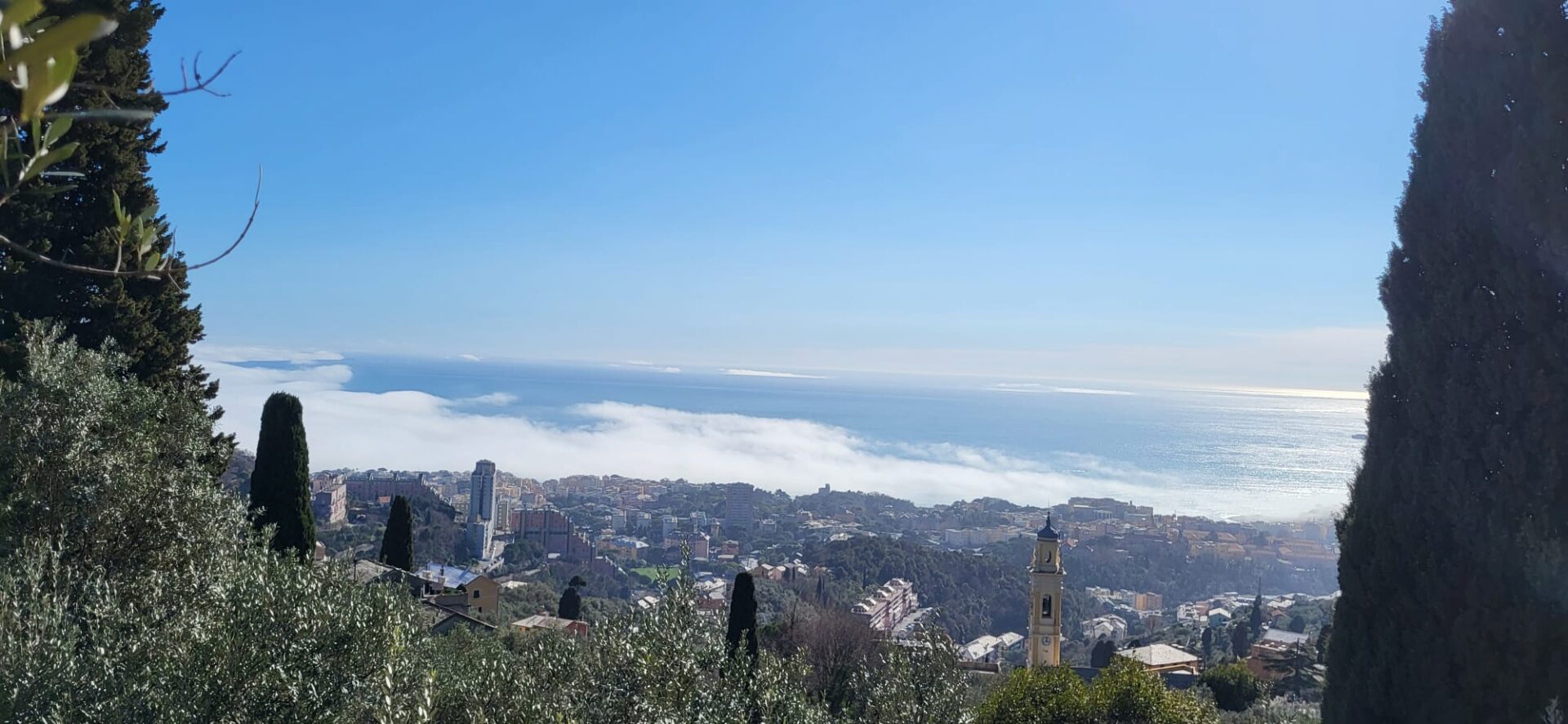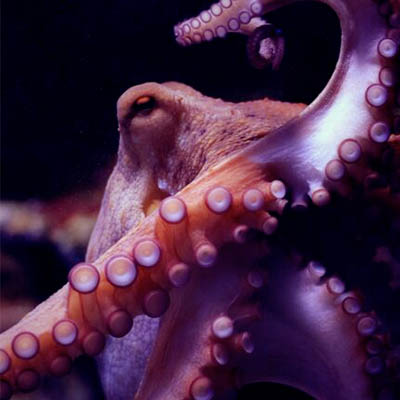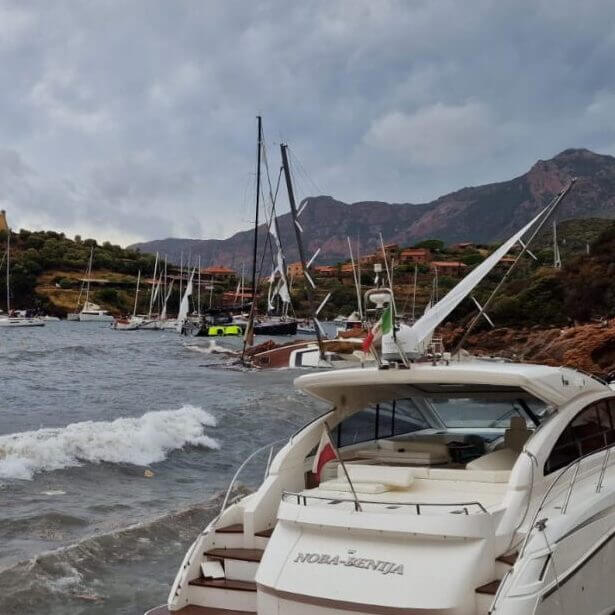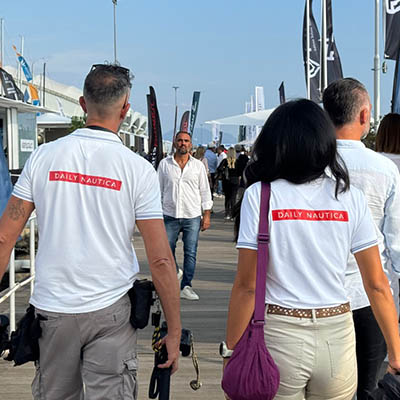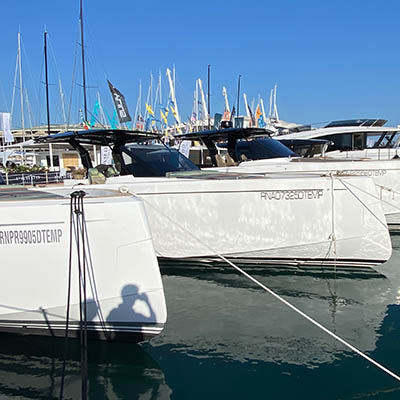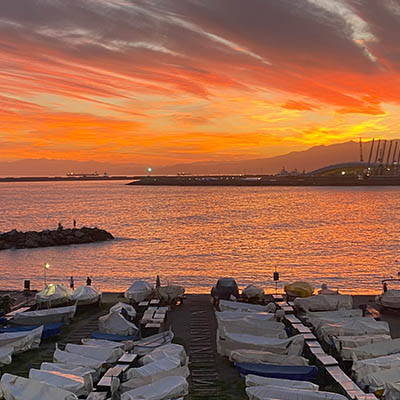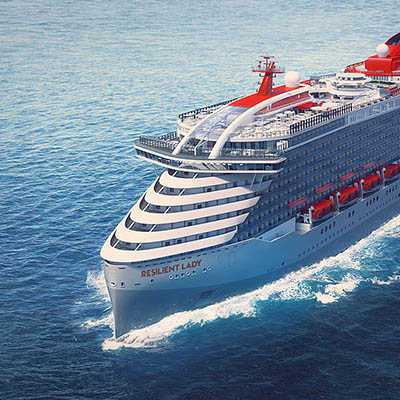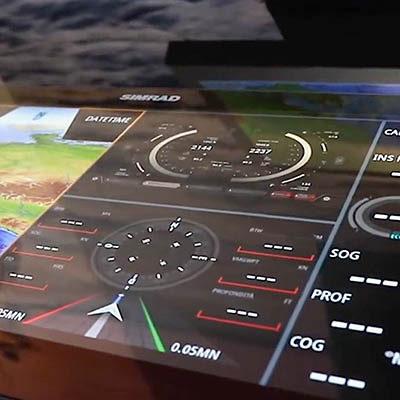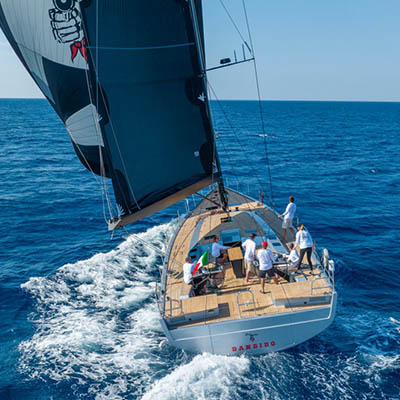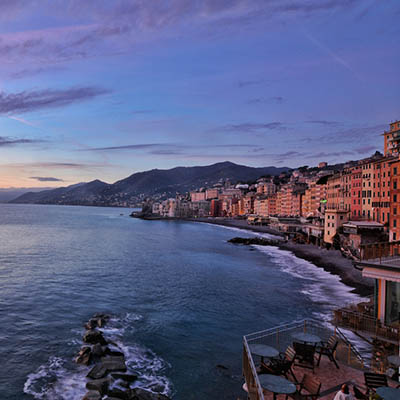The Caligo, the fog of Genoa
Technically it is an advection sea fog, the kind of fog that condenses when a warmer and more humid air mass flows very slowly over the cold sea
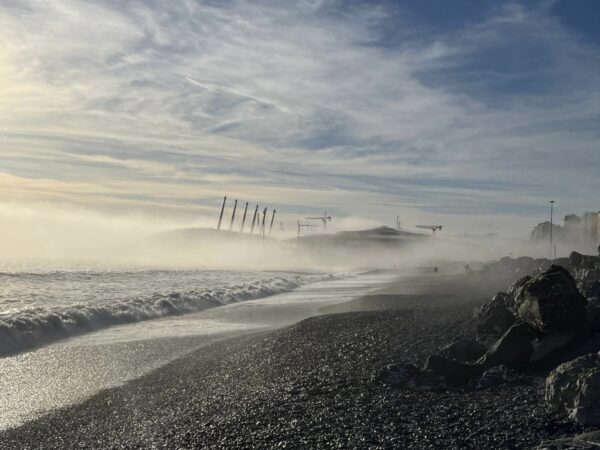
The Caligo, the fog of Genoa
Technically it is an advection sea fog, the kind of fog that condenses when a warmer and more humid air mass flows very slowly over the cold sea
At least once or twice a year, the port of Genoa and part of the city are invaded by maritime fog, which is called “Caligo“, a marine term of latin origin. It is an infrequent meteorological phenomenon that can be observed not only in the Gulf of Genoa but also in other sea areas of the peninsula, but only in spring, the season in which the conditions necessary for the phenomenon to occur more easily arise.
Technically it is an advection sea fog, the kind of fog that condenses when a warmer and more humid air mass flows very slowly over the cold sea, for the time necessary for the water vapor to condense into tiny droplets. These are the necessary conditions: settled weather, the lowest surface sea temperature (which is reached at the end of winter) and the arrival of the first warm southern winds of spring from the south.
The layer of fog that forms is a few tens of meters high, therefore the phenomenon is spectacular in Genoa, a city that develops on the hills around the circular gulf of the ancient port. The fog creeps between the port docks and inside the streets low-lying districts while the hilly districts remain in the sun, lapped by a sea of clouds.
The formation of fog also brings great discomfort to maritime navigation: danger warnings are issued by the Coast Guard and ships entering and leaving the port signal their presence with the prolonged sound of sirens, another rather rare event nowadays, although we live in a port city.
Alessandro Casarino – Navimeteo



